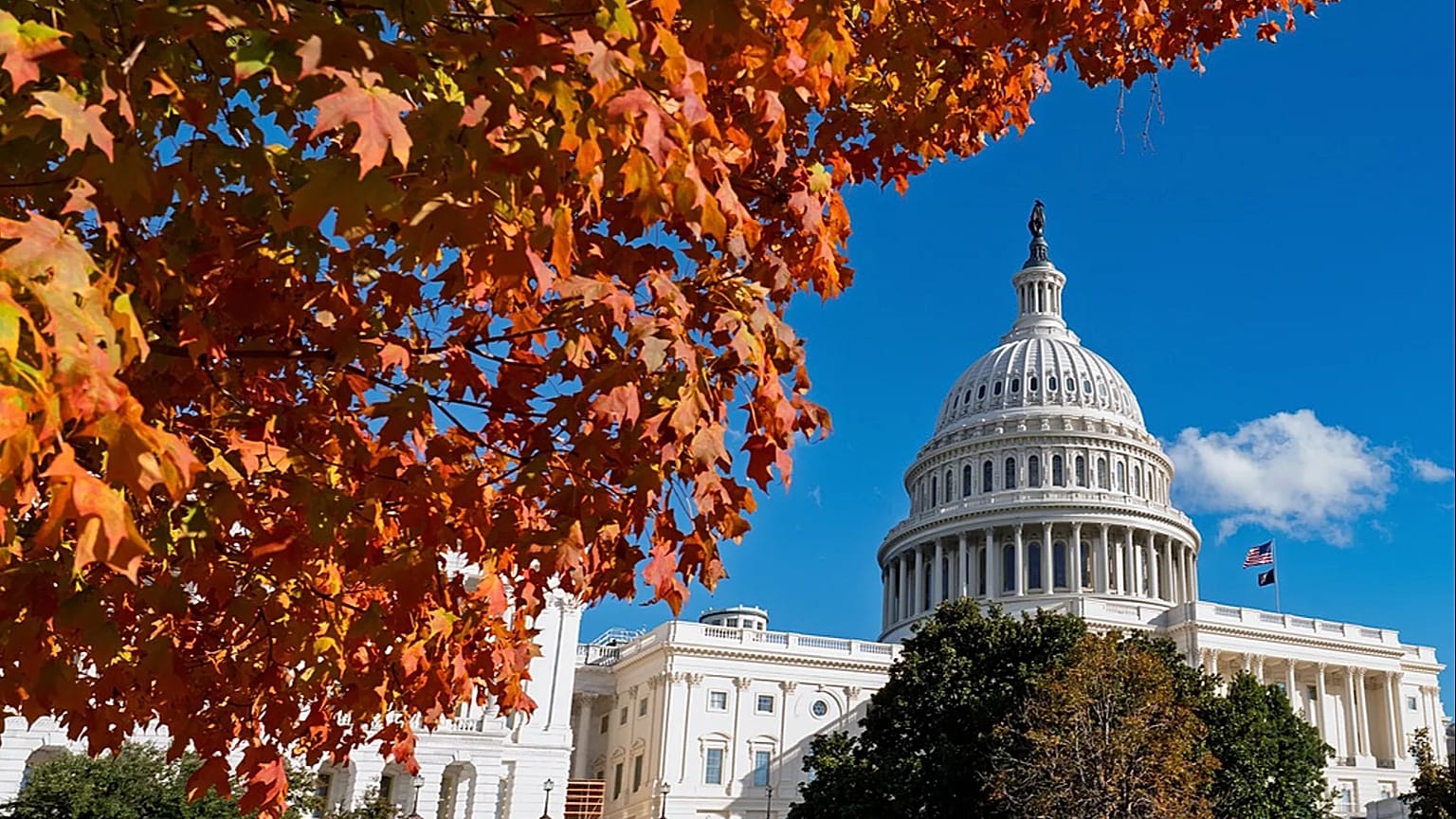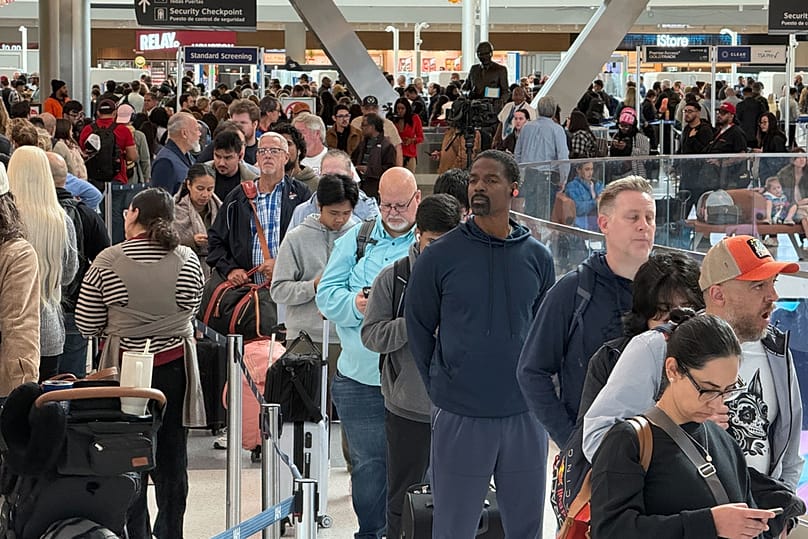The government shutdown is set to surpass the previous record set in early 2019 and officially become the longest on record, lasting 36 days.
The US government shutdown is poised to become the longest ever on record on Tuesday as the impasse between Democrats and Republicans drags on, leaving millions of people at risk losing food aid benefits while healthcare subsidies are set to expire.
The chances of ending the shutdown soon appeared uncertain after President Donald Trump said in an interview aired on Sunday that he "won’t be extorted" by Democrats who are demanding negotiations to extend the expiring Affordable Care Act subsidies.
Echoing congressional Republicans, the president said that he would negotiate only when the government is reopened.
Trump said Democrats "have lost their way" and predicted that they would ultimately. capitulate to Republicans.
"I think they have to," Trump said. "And if they don’t vote, it’s their problem."
By Tuesday evening, the government shutdown will surpass the previous record set in early 2019 and officially become the longest on record, lasting 36 days.
And just as the last shutdown between December 2018 and January 2019 led to airport delays and left hundreds of thousands of federal workers without pay, this shutdown is echoing that turmoil — only with deeper disruptions and wider consequences.
Federal workers, including air traffic controllers, are set to miss additional paychecks, and there’s uncertainty over whether 42 million Americans who receive federal food aid under the SNAP initiative will be able to access the assistance.
The Department of Agriculture planned to withhold $8 billion (€7 billion) required to pay for the food program on Saturday, before the Trump administration was directed to do so by two federal judges.
What is causing the deadlock?
The current situation, which began on 1 October, means that many US government services remaintemporarily suspended, with around 1.4 million federal employees on unpaid leave or working without pay.
Republicans and Democrats were unable to reach a consensus on a federal budget to continue paying for services, as the previous one ended.
Congress must approve a spending plan before it can be sent to the president for ratification under the US system.
Currently, both houses of Congress are controlled by Republicans. However, they lack the 60 votes required to pass the budget package in the Senate, the upper house, which gives the Democrats some leverage in negotiations.
But since taking office in January, Trump has hugely reduced the size of the federal government and vowed to use the present standoff to make even more cutbacks.
One of the contentious issues is the Affordable Care Act — often known as Obamacare because it was signed and championed by then-President Barack Obama.
Democrats are seeking to reverse Trump's cuts to Medicaid, a government healthcare program that serves millions of low-income, elderly, and disabled people, and extend expiring tax credits that lower the cost of health insurance for millions of Americans.
Democrats also oppose government health agency spending cuts.
Senate Democrats have voted 13 times against reopening the government, insisting they need Trump and Republicans to negotiate with them first.
But Trump has described that as "terrible". The president also wants Republican leaders to change Senate rules and scrap the filibuster rules.
Senate Republicans have repeatedly rejected that idea since Trump’s first term, arguing the rule requiring 60 votes to overcome any objections in the Senate is vital to the institution and has allowed them to stop Democratic policies when they’re in the minority.
"Republicans have to get tougher," Trump has said. "If we end the filibuster, we can do exactly what we want."

















